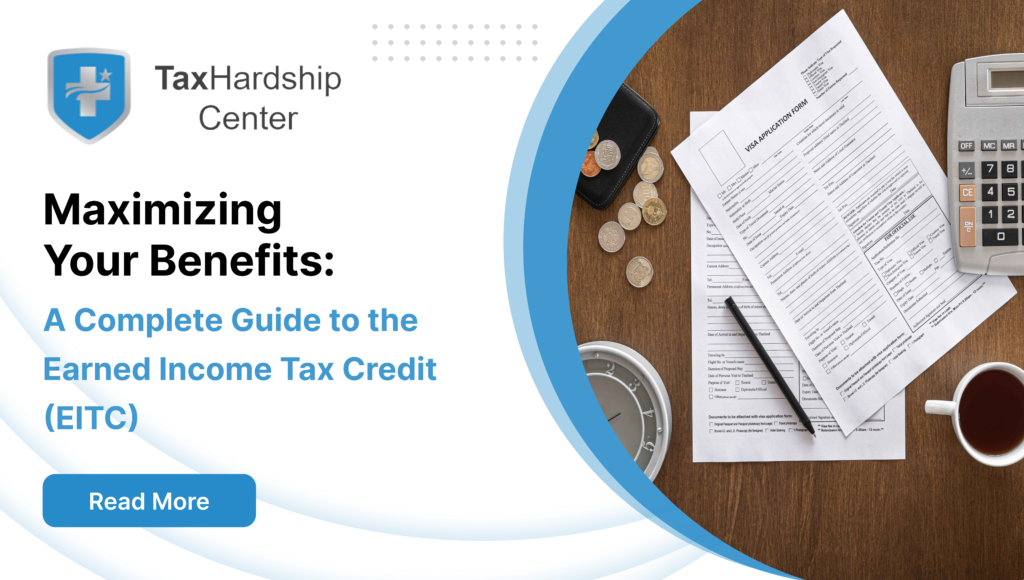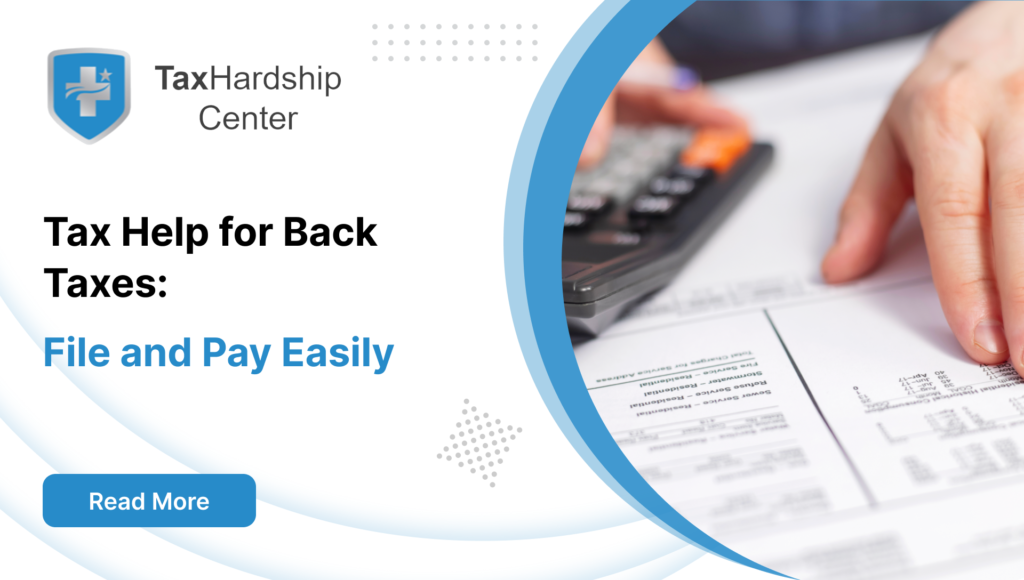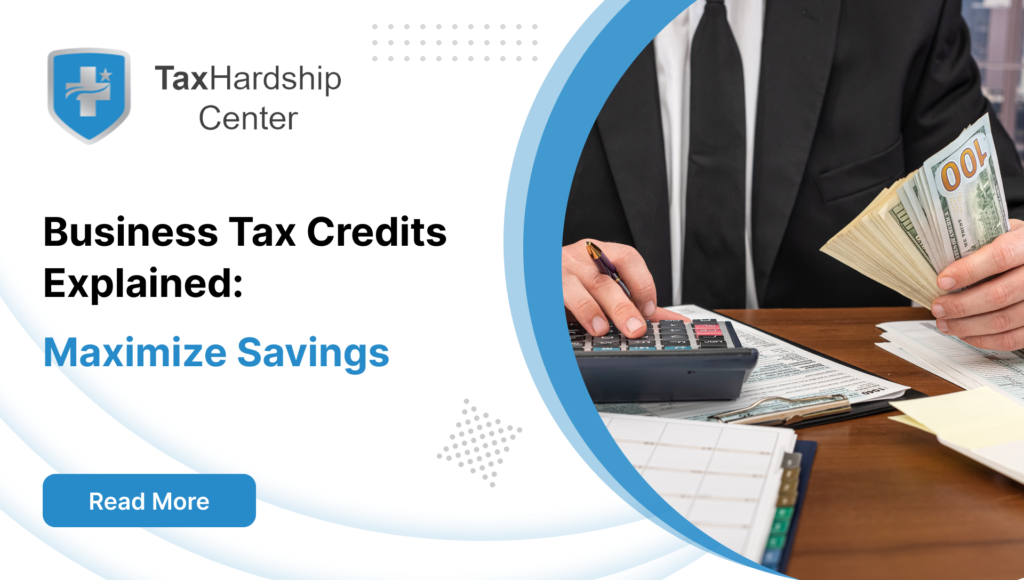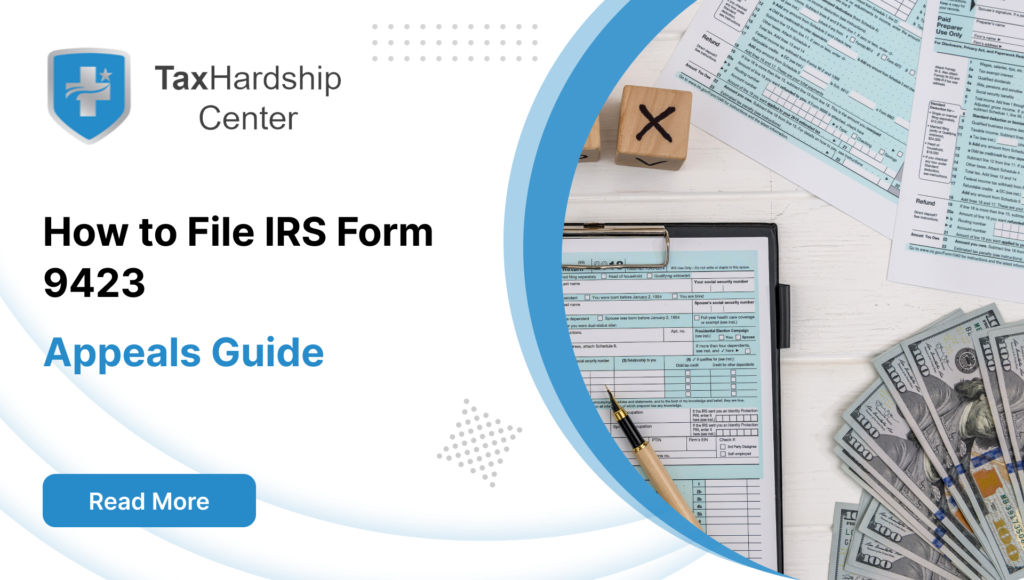In this comprehensive guide, we delve into the intricacies of the EITC, equipping you with the knowledge to determine eligibility, understand the claiming process, and avoid common errors that could affect your tax return. We’ll explore whether you can claim the EITC without a child, how to navigate the qualification criteria, the steps needed to claim the credit properly, and the potential consequences of errors related to the EIC. Moreover, we provide insight into how you can still benefit from this credit even for past tax years you may have overlooked.
What is the Earned Income Tax Credit?
The Earned Income Tax Credit (EITC or EIC) is one of the cornerstones of income tax credits in the United States tax system. Specifically designed to benefit working families and individuals with low to moderate income, the EITC effectively reduces the amount of tax owed and, in many cases, may result in a tax refund. This critical financial boost helps alleviate the tax burden on those who need it most, providing a much-needed infusion of funds to households nationwide.
How Does the Earned Income Credit Work?
The Earned Income Credit (EIC), or the Earned Income Tax Credit (EITC), is a financial boon to low and moderate-income taxpayers, particularly those supporting families. The inner workings of this tax credit are designed to reward work and to bridge the gap for those who need extra support. As a refundable credit, the EITC allows taxpayers to decrease their debt to the IRS or increase their tax refund, depending on the credit amounts and tax liability.
When a taxpayer’s EITC amount surpasses what they owe in taxes, the IRS does not simply erase the excess credit. Instead, it refunds the balance to the taxpayer, providing additional financial support that can be particularly impactful for those struggling to make ends meet. This aspect of the EIC being refundable sets it apart from non-refundable tax credits, which only reduce the tax owed to zero and do not result in a refund.
The credit amount varies based on the taxpayer’s earned income, adjusted gross income (AGI), and investment income. To qualify, the taxpayer’s earned income and AGI must fall below certain thresholds, updated annually to reflect inflation and other economic changes. Earned income includes wages, salaries, tips, and other taxable employee pay and net earnings from self-employment. Investment income must also be below a defined limit to ensure the credit supports those whose primary earnings come from work, not investments.
As taxpayers approach tax filing, they can leverage various tax tools, such as tax calculators, to project their EITC amount based on their earnings and family size. These tools can estimate where taxpayers stand within their tax bracket and how their potential EITC could affect their overall tax situation.
Secure Your Financial Future with Earned Income Tax Credit Assistance from Tax Hardship Center
Escape the maze of tax anxiety effortlessly with Tax Hardship Center’s expert services, specializing in the earned income tax credit. Our professionals provide easy-to-understand, step-by-step support to help you confidently claim your earned income tax credit. With our 14-day money-back guarantee, you have complete peace of mind as you navigate your tax obligations. Take advantage of our complimentary consultation to explore your earned income tax credit eligibility. No matter where you are in the US, our nationwide coverage ensures you have access to personalized guidance on maximizing your earned income tax credit benefits.
Earned Income Tax Credit 2024
Looking forward to the tax year 2024, there may be shifts in the tax landscape that could influence the specifics of claiming the Earned Income Tax Credit. For instance, tax reform measures can adjust income thresholds, credit amounts, and eligibility requirements. These potential changes underscore the importance for taxpayers, especially working families, to stay informed about the latest tax code revisions. Being informed ensures they are ready to fully capitalize on the credit and secure every dollar they are entitled to.
Free filing options can be a savvy choice for those looking to claim the EITC, as it helps diminish the costs associated with tax preparation and filing. Some free tax preparation services even offer a refund guarantee, assuring taxpayers will obtain the maximum refund possible.
Moreover, free tax assistance programs are available for those concerned about the complexity of tax filing, like the Volunteer Income Tax Assistance (VITA) program, which provides valuable help to those who qualify. These services help to demystify the tax prep process and ensure accurate filings so taxpayers can claim the total EITC amount they are eligible for without fearing costly mistakes.
The EITC is a critical tax credit that benefits millions of taxpayers annually, providing them with additional income to support their families and stimulate economic activity. As we approach 2024, taxpayers must monitor tax law updates and use the resources available to navigate the tax filing process confidently and easily.
How to Qualify for the Earned Income Credit
Securing the Earned Income Credit (EIC) is an opportunity that can significantly benefit those within the lower to moderate-income brackets. Taxpayers must meet specific eligibility requirements to tap into this valuable tax credit. One of the primary benchmarks is the adjusted gross income (AGI) limit. Your AGI must be, at most, the predetermined maximum for your filing status and number of qualifying children. The IRS frequently updates these limits, so checking the current tax year’s guidelines is essential.
Filing status is another critical consideration when qualifying for the EIC. Whether you’re single, married, filing jointly, or head of household, different AGI thresholds apply. Ensuring you meet additional criteria specific to your filing status is vital.
Possessing qualifying children can significantly enhance the amount of EIC you’re eligible for. However, taxpayers without qualifying children may still qualify for a minor credit, provided they meet the age, residency, and income guidelines. These specifics ensure that the credit is available to a wide range of taxpayers, including those who may not have a traditional family structure but contribute to the workforce.
The income credit is based on earned income. Therefore, taxpayers must have earned income from employment, self-employment, or another eligible source under the EIC guidelines. Investment income may affect eligibility and the amount of the credit, and there is a cap on allowable investment income one can have while still qualifying for the EIC.
Who Counts as a Qualifying Child for the Earned Income Credit?
A crucial element in calculating the EIC is the presence of qualifying children in the taxpayer’s household. A qualifying child is not restricted to the taxpayer’s son or daughter. The definition is broad enough to encompass a range of familial relationships, including stepchildren, foster children, adopted children, and descendants of such as grandchildren. It also extends to siblings and their descendants, such as nieces and nephews.
To be classified as a qualifying child for EITC, the individual must satisfy specific criteria:
1. Age Test: The child must be under 19 at the end of the filing year, under 24 if a full-time student for at least five months of the year, or any age if permanently and disabled.
2. Relationship Test: The child must be directly related to the taxpayer and fit into one of the categories mentioned earlier.
3. Residency Test: The child must live with the taxpayer in the United States for over half of the tax year. Special rules apply to divorced or separated parents.
4. Joint Return Test: The qualifying child cannot have filed a joint tax return for the tax year unless the return is filed only to claim a refund.
5. Taxpayer’s Tax Identification Number: The taxpayer claiming the EIC must have a Social Security number valid for employment that is issued before the due date of the return, including extensions.
These criteria ensure that the EIC assists those who are directly supporting the younger generation. By recognizing a broad range of family relationships, the tax code reflects American families’ diversity and varying needs.
Can I Claim the EITC Without a Child?
The Earned Income Tax Credit (EITC) is not solely for those with children. Single taxpayers and couples without qualifying children can claim the credit, provided they meet the other eligibility requirements. However, the income thresholds and potential credit amounts are lower for those without qualifying children than those claiming one or more qualifying children.
The IRS sets specific earned and adjusted gross income (AGI) limits for childless taxpayers to qualify for the EITC. These limits are adjusted annually, so referring to the current thresholds when filing is imperative. For those without children, key eligibility factors also include age and residency; typically, claimants must be between 25 and 64 years old and cannot be claimed as a dependent on another person’s tax return.
Understanding these distinctions is crucial because they influence how much credit you may be entitled to. The IRS provides guidelines and tools, such as the EITC Assistant, to help determine your eligibility and estimate the amount of credit you may receive even without a qualifying child.
How to Claim the Earned Income Tax Credit
To claim the Earned Income Tax Credit, you must file a tax return, even if you’re not legally obliged to do so due to low income. When preparing your tax return, you must report all earned income, including wages, salaries, tips, other taxable employee compensation, and net earnings from self-employment.
The accuracy of this information is paramount because it affects your adjusted gross income (AGI)—a critical determinant of your EITC eligibility and the credit amount. Both standard and itemized tax deductions also play an essential role as they can reduce your AGI, possibly increasing the EITC for which you are eligible.
Consequences of an EIC-related Error
Making a mistake on your tax return about the EITC can lead to various unfavorable outcomes. Simple errors can delay your tax refund, which can be particularly distressing if you’re counting on those funds. More severe mistakes may result in additional tax liability, interest, or penalties.
If the IRS determines that your error was due to reckless or intentional disregard of the EITC rules, you may be barred from claiming the credit for two years. If they find it was due to fraud, you can be prohibited from claiming the EITC for ten years. These consequences highlight the importance of meticulous tax preparation and filing.
To avoid such consequences, double-check your tax return for accuracy, consider using reliable tax prep services, and seek advice from tax professionals if you need more clarification about your EITC eligibility or the claiming process.
Can I Still Get a Past Year’s Earned Income Tax Credit?
If you discover you were entitled to the EITC in a tax year you’ve already filed without claiming the credit, the IRS allows you to correct this oversight. You have a three-year window from the original deadline, including extensions, to file an amended tax return using Form 1040-X to claim the credit you missed.
Filing an amended return can result in a refund if you were eligible for the EITC in the previous year. However, gathering all necessary income documents and correcting errors made on the initial return is essential. Some individuals may find it beneficial to seek professional tax assistance when processing an amended return to ensure accuracy and compliance with tax laws.
Conclusion:
In conclusion, understanding the complexities of the Earned Income Tax Credit (EITC) is essential for maximizing your benefits. By grasping eligibility criteria, navigating the claiming process, and avoiding common errors, you can secure valuable financial support for yourself and your family. As tax laws evolve, staying informed and utilizing available resources ensures you make the most of this critical tax credit.
How Tax Hardship Center can help you?
1. Hassle-Free Assistance:
Say goodbye to sleepless nights and endless tax-related stress. At the Tax Hardship Center, we believe in simplifying the complex. Our team of experts is dedicated to guiding you through every step of the process, ensuring that your tax concerns are met with precision and care.
2. 14-Day Money Back Guarantee:
We’re so confident in our ability to ease your tax worries that we offer a 14-day money-back guarantee. If, for any reason, you’re not satisfied with our service, we’ll gladly refund your investment. Your peace of mind is our top priority!
3. Free Consultation:
Are you curious about how we can transform your tax experience? Book a free consultation now! Our team will assess your situation, answer your questions, and provide free insights tailored to your needs.
4. Nationwide Coverage:
No matter which corner of the United States you call home, the Tax Hardship Center covers you. We proudly serve all 50 states, bringing our expertise to your doorstep. Wherever you are, our commitment to excellence follows.
FAQs (Frequently Asked Questions):
1. What is the Earned Income Tax Credit (EITC)?
The EITC is a vital tax credit for low to moderate-income individuals and families. It reduces the amount of tax owed and may even result in a tax refund, providing essential financial support.
2. How Does the Earned Income Credit Work?
The EITC is a refundable credit that rewards work and supports those in need. It reduces tax liability or results in a refund based on earned income, adjusted gross income, and family size.
3. Who Qualifies for the Earned Income Credit?
Eligibility for the EITC depends on factors like earned income, adjusted gross income, filing status, and the presence of qualifying children. Meeting specific criteria ensures you can claim this valuable credit.
4. Can I Claim the EITC Without a Child?
Yes, single taxpayers and couples without qualifying children can claim the EITC. However, income thresholds and credit amounts are lower for childless taxpayers.
5. How Do I Claim the Earned Income Tax Credit?
To claim the EITC, file a tax return and report all earned income accurately. Be vigilant about potential errors, as mistakes can lead to delays or penalties.








